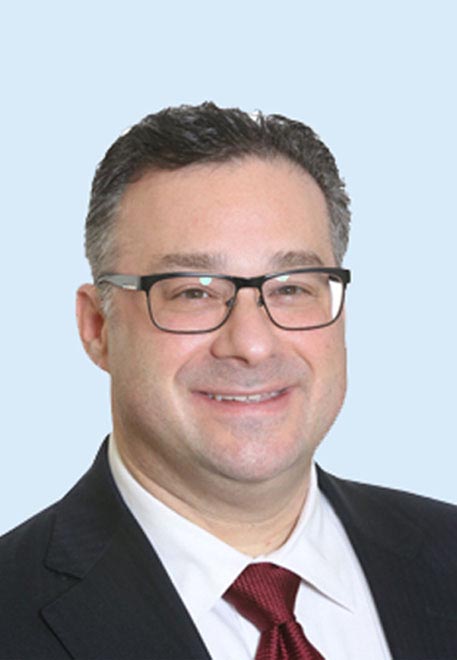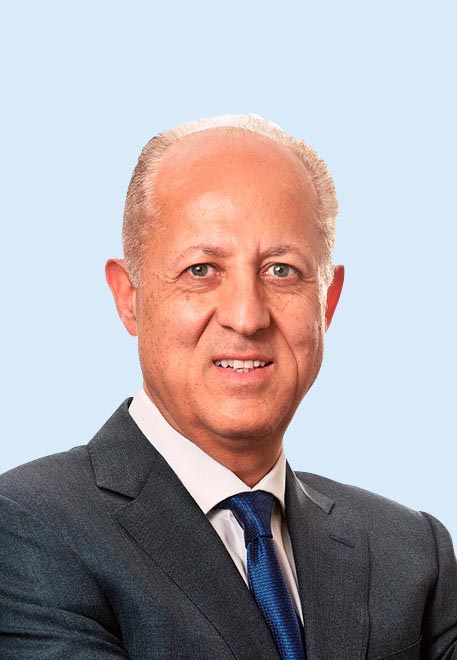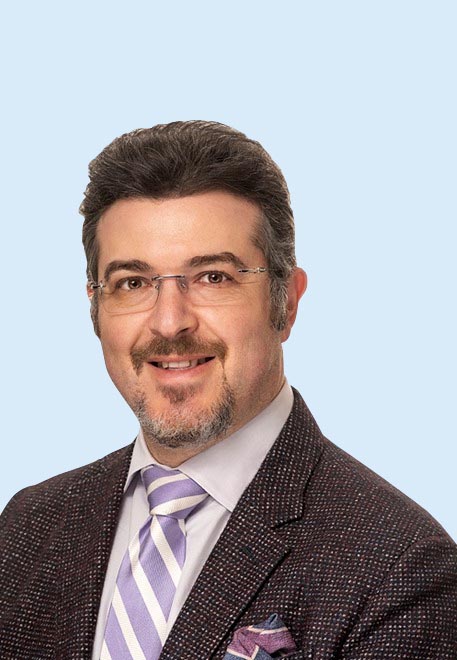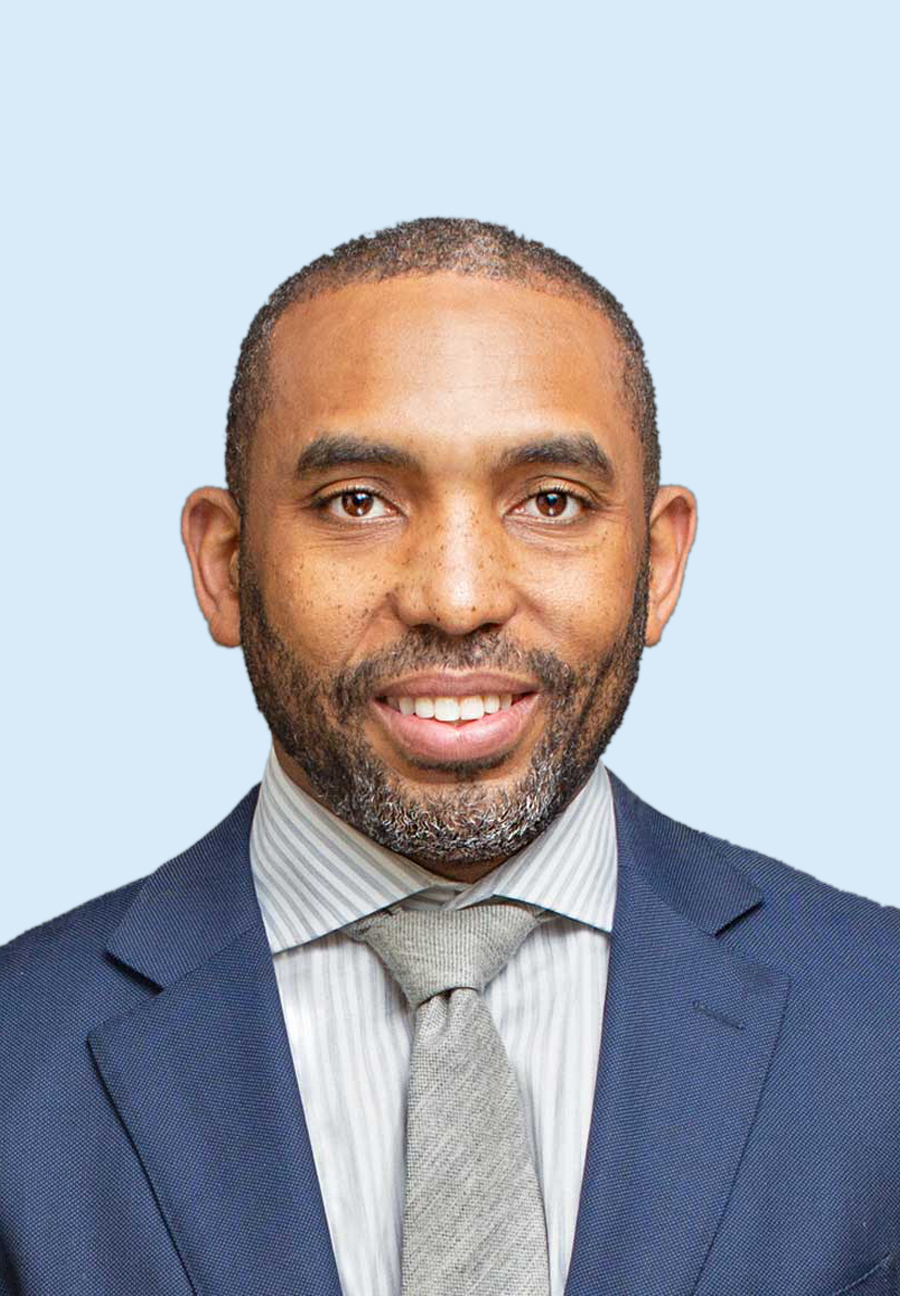- PATIENT FORMS | REQUEST A CONSULTATION | CONTACT US
- 1-844-NSPC-DOC
Failed Back Syndrome
What Is Failed Back Syndrome?
Failed Back Syndrome, also known as post-laminectomy syndrome, is a term used to describe a variety of conditions that may present after surgery or other treatments.
The cause of the post-surgical pain may be the same as for the pain that was present pre-surgery – that is, the surgery may simply have failed to solve the original issue. However, there are other possible causes that may stem from the surgery itself. The pain could be caused by scarring on nerves rooted in the spinal cord. This condition is known as radiculopathy, i.e. pain radiating from an overactive nerve root. Surgery can also result in a change in the patient’s gait or posture. This change can be accompanied by inflamed or irritated joints, another possible source of pain. Similarly, surgery may have caused the muscles to align and function in a different way, triggering myofascial pain related to muscle soreness. A patient may be predisposed to the development of Failed Back Syndrome due to systemic disorders such as diabetes, autoimmune disease and peripheral blood vessels (vascular) disease. Smoking is also associated with routine failure of spinal surgery.

What are Failed Back Surgery Syndrome Symptoms?
A number of symptoms may unfold with failed back surgery syndrome:
- New persistent back pain after surgery, in the back, neck or extremities
- Restricted mobility related to the spine
- Failure to recover
- Additional spine conditions
Spinal surgery recovery does take significant time and since many of these symptoms occur with many other spine conditions, having a spine specialist with a wide range of experience can more accurately diagnose what the origin of your back pain is.
What Are the Causes of Failed Back Surgery Syndrome?
No one specific cause can be attributed to Failed Back Surgery Syndrome—and determining the cause can be challenging.
Fusion failure: it takes months for bones to fuse after a fusion surgery and a number of factors can slow or stop the process including degeneration of a neighboring level.
Scar tissue: scar tissue can develop around the nerve root and contribute to ongoing pain.
Hardware problems: including migration of implants or failure of the hardware.
Incomplete analysis of the underlying condition. Evaluating the root cause of a spine issue takes an experienced spine expert with advanced imaging techniques and a thorough analysis.
Recurrent stenosis or disc herniation.
First Steps in Failed Back Surgery Syndrome Treatment Options
Unless you require emergency surgery, more conservative treatments are nearly always recommended before surgical treatments. Our spine specialists use the most advanced failed back surgery treatment options—so you can reclaim your mobility and your life.
Conservative approaches to consider before secondary revision procedures include a range of options—confer with a pain management expert to explore treatment options such as:
- Medications or nerve blocks as part of a pain management plan
- Physical therapy to improve mobility and help with gentle stretching
- Additional lifestyle changes such as improved ergonomics may also be recommended
Our multidisciplinary team at The Spine Center at NSPC provides personalized pain treatment plans rehabilitation programs to help you regain quality of life.
Failed Back Surgery Syndrome Treatments at NSPC in New York
Having continued pain after surgery can be frustrating, but today there are more options available than ever before. Each patient is different. Your treatment plan will depend on the underlying causes of your back pain.
Spinal cord stimulation and neuromodulation can be an effective part of a pain management program—especially if no anatomical condition is the visible cause of failed back surgery syndrome.
If a secondary revision surgery is appropriate, our spine surgeons are experienced in advanced minimally invasive procedures. Minimally invasive surgery has a number of advantages over open spine surgery:
- Fewer infections—a smaller area is exposed and there is a lower rate of infection and potential complications.
- Faster recovery—less time in the hospital, often you can be in and out the same day.
- Less pain—since the incision is smaller, there is usually less damage to the surrounding tissues.
As a leading choice of doctor referrals in the New York area, the dedicated physicians at NSPC offer comprehensive back, neck, and care with innovative solutions. If you are suffering from a spinal problem of this kind, NSPC’s team of NY-based specialists are here to help. Contact us to arrange a consultation at one of our Long Island centers.

Related NSPC Center
Spine Center
Don’t let mobility issues and neck or back pain stop you — NSPC offers exceptional rehabilitation and pain management for your spine disorder. Our team of expert doctors focuses on sophisticated diagnostic techniques, individualized treatment plans, and quality care to help you get your life back, sooner.
Physicians
Connect With Our 7 Convenient Locations
across Long Island, NY
Our expert physicians, surgeons and doctors are ready to serve you at our 7 convenient locations across Long Island, NY. Connect today to learn how our award winning, world class experts can help.
4250 Hempstead Turnpike Suite 4,
Bethpage, NY 11714
(516) 605-2720
COMMACK
353 Veterans Memorial Hwy,
Commack, NY 11725
(631) 864-3900
One Hollow Lane, Suite 212
Lake Success, NY 11042
(516) 442-2250
MANHATTAN
215 E. 77th Street Ground Floor
New York, NY 10075
(646) 809-4719
PORT JEFFERSON STATION
1500-8A Route 112,
Port Jefferson Station, NY 11776
(631) 828-3001
100 Merrick Road, Suite 128W
Rockville Centre, NY 11570
(516) 255-9031
WEST ISLIP
500 Montauk Hwy
West Islip, NY 11795
(631) 983-8400
World
Class
Expertise
For over 50 years & 350,000 patients NSPC has been a trusted global medical leader.
Contact us today for an appointment or consultation.











